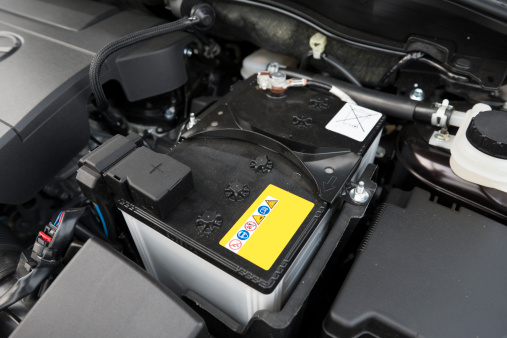What are Battery Management Systems & why are they important?
 Markntel Advisors
Markntel Advisors
With rising environmental concerns due to the massive consumption of fossil fuels and increasing GHG (Green House Gas) emissions, governments of different countries are promoting the use of fuel alternatives like batteries. As a result, there's a growing penetration of EVs worldwide and rapid advancements toward enhancing the efficiency of batteries, i.e., leading to the mounting demand for battery management systems. In light of this, a research study published by MarkNtel Advisors has revealed that the Global Battery Management System Market is set to record around 21.1% CAGR during 2021-26.
Moreover, with the ever-increasing demand for smartphones, tablets, laptops, cameras, etc., more & more rechargeable batteries are being manufactured & utilized. It, in turn, is creating immense demand for BMS to protect battery cells from damage through adequate voltage management & controlled charging.
Additionally, Moreover, with the rapidly increasing adoption of Li-ion batteries in numerous end-user verticals due to their relatively low costs, high power density, & low self-discharge, the world is witnessing rigorous R&D activities toward improving the efficiency of these batteries. With their expanding production in order to meet end-user requirements, there's a consequently increasing demand for battery management systems for their efficient working, especially in automotive applications.
Thermal Management: The Most Crucial Function of BMS
SOC (State-of-Charge) estimation, thermal management, data communication, and safety management, among others, are various functions of a battery management system. Among these many, thermal management is the most crucial one. A BMS constantly monitors the battery's temperature and cools it down whenever required, which, in turn, avoids thermal runaway & optimizes the pack's efficiency.
Key parameters considered while designing the thermal management of a BMS include the battery's size, peak voltage value, cost, & geographic location of its usage. Every battery pack operates at a specific temperature at which it works with maximum efficiency. If this temperature exceeds its limit, it can significantly reduce the battery's efficiency. Both air & liquid coolants can be used to ensure the permissible temperature range. However, the former's efficiency is relatively lower than the liquid coolant, which has a higher cooling potential.
Conclusion
Off-grid renewable energy generation plants are being increasingly installed across many parts of the world to deliver efficient electrical services in households, public spaces, and commercial & industrial areas. Consequently, there's an ever-evolving need for power flow measurement, controlled power production, and distribution & monitoring information on electricity usage. Moreover, across Asia-Pacific, India & China are actively focusing on renewable power generation and witnessing increasing private investments in power & utility sectors. These aspects are set to create new directions for the global battery management system market to observe unprecedented growth in the nearer future.
Read More Blogs –
🡆BioHydrogen: A Promising Technology to Enabling Decarbonization
Subscribe to my newsletter
Read articles from Markntel Advisors directly inside your inbox. Subscribe to the newsletter, and don't miss out.
Written by

Markntel Advisors
Markntel Advisors
MarkNtel Advisors is a leading research, consulting, & data analytics firm that provides an extensive range of strategic reports on diverse industry verticals. We deliver data to a substantial & varied client base, including multinational corporations, financial institutions, governments, & individuals, among others.